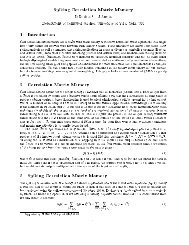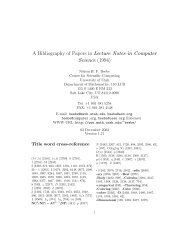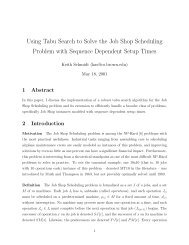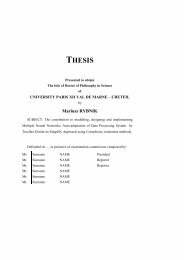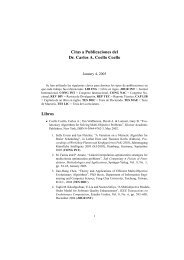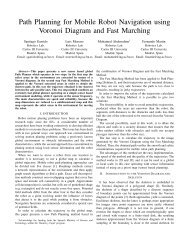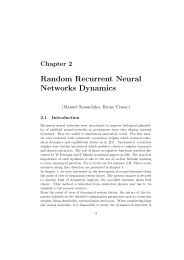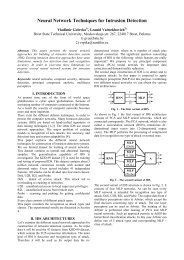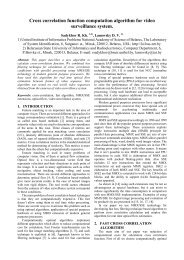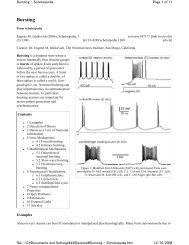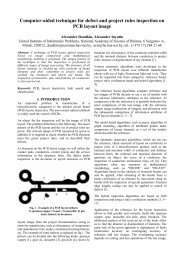NYT-1201: STATE OF THE ART A Thermostat That's Clever, Not ...
NYT-1201: STATE OF THE ART A Thermostat That's Clever, Not ...
NYT-1201: STATE OF THE ART A Thermostat That's Clever, Not ...
Create successful ePaper yourself
Turn your PDF publications into a flip-book with our unique Google optimized e-Paper software.
understand one another even if they don’t use all<br />
the same words for the same things.) He tried usin<br />
g the Arabic alphabet, then the Roman alphabet, bu<br />
t found that neither one could express the tonal v<br />
ariations of spoken Manden languages. So in 1949,<br />
he invented his own script — one flexible enough t<br />
o capture any Manden language in writing. Among th<br />
e first books he translated into N’Ko was the Kora<br />
n. He later compiled a history of Manden languages<br />
and culture.<br />
At the time, Guinea had a close relationship with<br />
the Soviet Union, and Kante managed to have two ty<br />
pewriters made in Eastern Europe with N’Ko letters<br />
. (He was given another one by the president of Gu<br />
inea, according to a Guinean newspaper.) “If there<br />
was a typewriter, ink and ribbons were hard to fi<br />
nd,” says Baba Mamadi Diane, a student of Kante’s<br />
who now teaches N’Ko at Cairo University. Almost a<br />
ll of the books and papers in N’Ko in Guinea were<br />
copied by hand by Kante’s students, like medieval<br />
monks, but with several sheets of carbon paper below.<br />
Designed as a language for the common man, N’Ko se<br />
emed destined to remain a code used by an elite. T<br />
hen came the digital revolution.<br />
Heritage languages like N’Ko are taking on new lif<br />
e thanks to technology. An Internet discussion gro<br />
up, Indigenous Languages and Technology, is full o<br />
f announcements for new software to build sound di<br />
ctionaries and a project to collect tweets in Tok<br />
Pisin, a creole language spoken throughout Papua N<br />
ew Guinea, or Pipil, an indigenous language of El<br />
Salvador. “It’s the amplification of Grandma’s voi<br />
ce,” Slaughter says.<br />
Whether a language lives or dies, says K. David Ha<br />
rrison, an associate professor of linguistics at S<br />
warthmore College, is a choice made by 6-year-olds<br />
. And what makes a 6-year-old want to learn a lang<br />
uage is being able to use it in everyday life. “La



